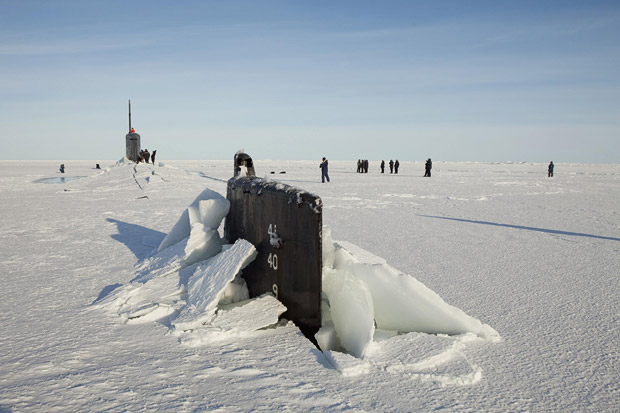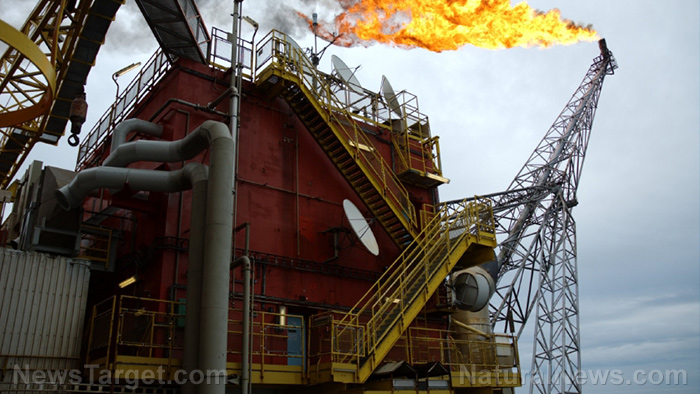 Parler
Parler Gab
Gab
The U.S. Army is poised to revamp its forces in Alaska to better prepare for future cold-weather conflicts, and it is expected to replace the larger, heavily equipped Stryker Brigade in the state with a more mobile infantry unit better suited for the frigid fight, Army leaders say.
Army Secretary Christine Wormuth said she expects to make a final decision soon about the Alaska troop change, saying she will likely convert the Stryker unit, which uses heavy, eight-wheeled vehicles, to an infantry brigade.
The U.S. has long viewed the Arctic as a growing area of competition with Russia and China, particularly as climate change brings warmer temperatures and opens the sea lanes for longer periods of time. But officials have acknowledged that the U.S. lags behind those nations. Russia has taken steps to increase its military presence there, and China views the region as economically valuable for shipping and natural resources.
“I think right now the purpose of Army forces in Alaska is much more about creating an extreme cold weather capable formation” that could be used in Europe or the Indo-Pacific, Wormuth told the newswire service on a recent trip to Alaska to meet with senior commanders and troops stationed there. “We’re trying to get to a place where we have Arctic capable forces — forces that can survive and operate in that environment.”
The AP stressed that the changes being made came well before tensions with Russia ramped up following its invasion of Ukraine.
Under the new plan, the 1st Stryker Brigade Combat Team, 25th Infantry Division, which is currently based in Alaska, would become a light infantry brigade. In conjunction with the 4th Infantry Brigade Combat Team, both units would then become the 11th Airborne Division, again, based in Alaska. Wormuth said that the large Stryker vehicles, which are aging, are to be replaced by vehicles that are much more suitable for ice and snow terrain.
“I think it really makes sense to have forces trained in the Arctic environments that they would be used for,” Wormuth said. “If we’re going to have ground forces in Alaska, that’s what we need them to be able to do. They can’t get that experience going to the Mojave Desert or to Fort Polk.”
Few sane people actually want to fight World War III, but if it comes, it only makes sense for our forces to be ready.
Sources include:
The end of meat? Dutch “green” policies force dairy farmer to cull 95% of his herd
By Ethan Huff // Share
Diminished US refining capacity from facility closures contributing to soaring gas prices
By Belle Carter // Share
Governments continue to obscure COVID-19 vaccine data amid rising concerns over excess deaths
By patricklewis // Share
Tech giant Microsoft backs EXTINCTION with its support of carbon capture programs
By ramontomeydw // Share
Germany to resume arms exports to Israel despite repeated ceasefire violations
By isabelle // Share










